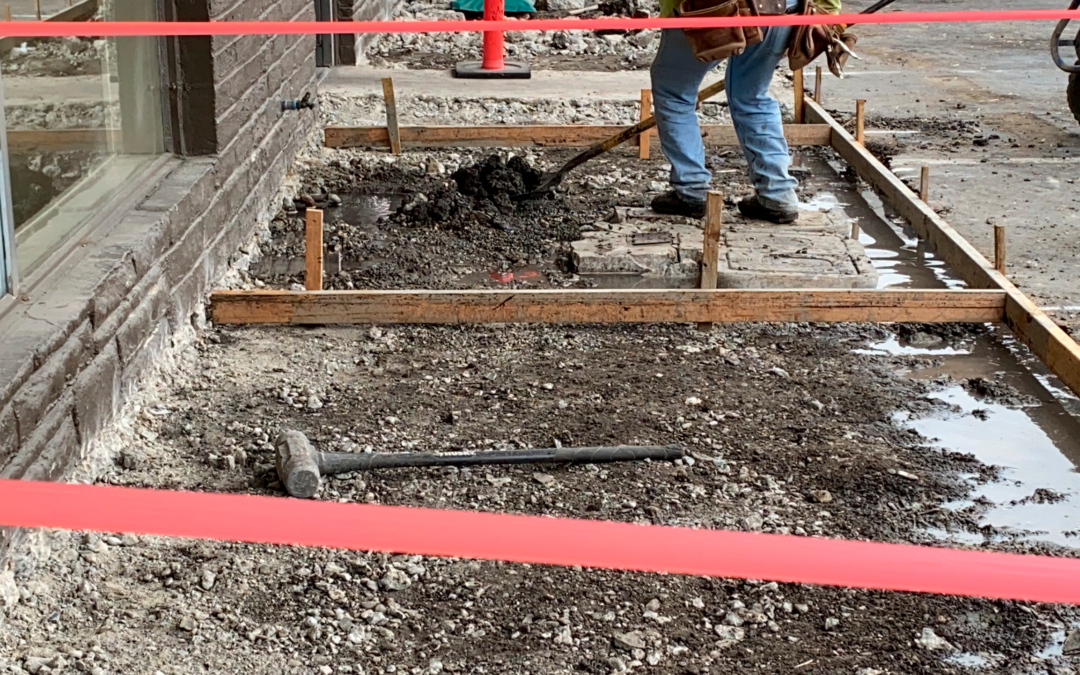In the realm of construction and infrastructure, concrete paving stands out as a versatile and durable solution for a wide range of projects. From roads and sidewalks to parking lots and airport runways, concrete paving offers numerous advantages that make it a preferred choice for engineers, contractors, and project stakeholders alike. Join us as we delve into the unique benefits of concrete paving and uncover why it’s often the material of choice for demanding applications.
Durability and Longevity
Concrete is renowned for its exceptional durability and longevity, making it ideal for high-traffic areas and environments with harsh weather conditions. Unlike other paving materials that may degrade over time, concrete paving can withstand heavy loads, resist abrasion, and endure exposure to elements such as rain, snow, and temperature fluctuations. Properly designed and maintained concrete pavements can last for decades or even centuries, offering long-term value and reliability.
Strength and Load-Bearing Capacity
One of the key advantages of concrete paving is its superior strength and load-bearing capacity. Concrete is a rigid material that distributes loads evenly across its surface, making it suitable for supporting heavy vehicles, machinery, and equipment. This inherent strength makes concrete paving an ideal choice for highways, bridges, airport runways, and industrial facilities where structural integrity is paramount. Additionally, concrete pavements exhibit minimal deformation and rutting over time, ensuring smooth and safe travel for motorists and pedestrians alike.
Low Maintenance Requirements
Contrary to popular belief, concrete paving requires minimal maintenance compared to other paving materials such as asphalt. While asphalt pavements may require frequent resurfacing and repairs to address cracks, potholes, and deterioration, concrete pavements can often remain functional and aesthetically pleasing with minimal upkeep. Routine maintenance tasks such as joint sealing, crack repair, and surface cleaning can help extend the lifespan of concrete pavements and ensure optimal performance over time, resulting in cost savings and reduced disruption to traffic.
Enhanced Safety and Visibility
Concrete paving offers enhanced safety features that contribute to improved visibility and road safety. Concrete’s light color and smooth surface reflect more light than darker materials like asphalt, increasing visibility and reducing the risk of accidents, especially at night or in inclement weather conditions. Additionally, concrete pavements can be designed with features such as textured surfaces, colored markings, and embedded reflectors to further enhance safety and guide traffic flow, making them an ideal choice for urban streets, intersections, and pedestrian crossings.
Environmental Sustainability
Concrete paving is increasingly recognized for its environmental sustainability and green building benefits. Concrete is composed of natural materials such as cement, aggregates, and water, making it inherently recyclable and eco-friendly. Furthermore, advances in concrete technology have led to the development of pervious concrete pavements that allow water to infiltrate the surface, reducing stormwater runoff and replenishing groundwater resources. Additionally, concrete pavements can be designed with high albedo surfaces to mitigate the urban heat island effect and reduce energy consumption for cooling purposes.
In conclusion
The advantages of concrete paving are clear and compelling. With its unmatched durability, strength, low maintenance requirements, safety features, and environmental sustainability, concrete paving stands as a versatile and reliable solution for a wide range of construction and infrastructure projects. Whether building highways, streets, sidewalks, or airport runways, choosing concrete paving ensures long-lasting performance, cost-effectiveness, and peace of mind for generations to come.

